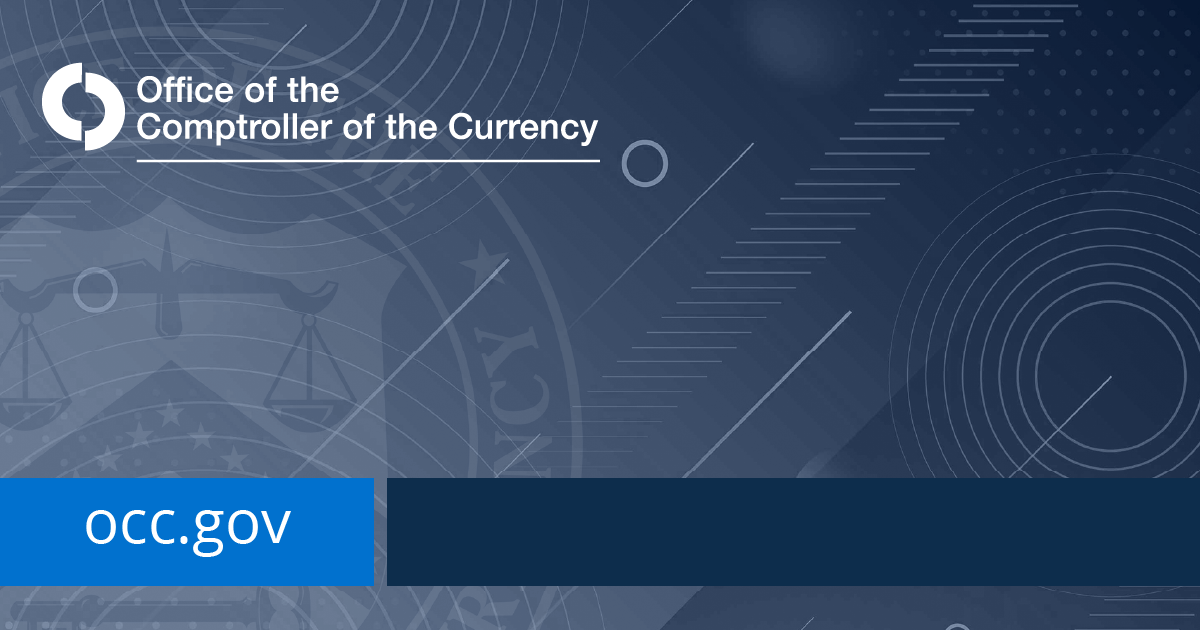💬 This post is in response to a question from one of the subscribers of my blog: "What are ISO20022 cryptos?" 📚✨ Stay tuned as I break down the digital assets top aligned with this global financial messaging standard! 🌍💡
📢 Please share this far and wide to help as many people as possible—as there’s way too much misinformation out there! 🛡️✨ Let’s set the record straight together. 🙌 ~Namasté 🙏 The Dinarian
The ISO 20022 standard for electronic data exchange in financial messaging is transforming the financial system, and several digital assets have positioned themselves as compliant or aligned with this standard to support interoperability with traditional financial institutions. While no official governing body certifies cryptocurrencies as "ISO 20022 compliant," the following cryptocurrencies are widely discussed as aligning with or supporting ISO 20022 standards:
Here are the top ISO 20022-Positioned Cryptocurrencies
- Ripple’s XRP Ledger (XRPL) facilitates cross-border payments and settlement, aligning closely with ISO 20022 messaging requirements. Ripple is the leading provider of digital asset infrastructure for financial services. Send cross-border payments in real-time, engage with tokenization and digital assets, and meet regulatory compliance requirements—all in one place.
- Designed for cross-border payments and remittances, Stellar aims to simplify financial messaging between institutions using ISO 20022 compatibility. Stellar empowers builders to unlock human and economic potential. It combines a powerful, decentralized blockchain network with a global ecosystem of innovators to create opportunities as borderless as ideas. It offers the tools to make a difference in the real world through new digital asset products and services that enhance access to the global financial system.
- Known for its speed, security, and focus on financial institutions, Algorand is recognized for its efforts to integrate with ISO 20022. Algorand supports a vibrant, innovative ecosystem, with a diverse range of projects tokenizing real-world assets, developing the future of DeFi, building traceability and tracking solutions, and more.
- Built for enterprise use cases, Hedera is ISO 20022-aligned, particularly for tokenized assets and financial messaging. Hedera is the only public ledger that uses hashgraph consensus, a faster, more secure alternative to blockchain consensus mechanisms.
- Focused on IoT(Internet of Things) and data exchange, IOTA is exploring ISO 20022 compatibility to enable seamless integration with financial systems. IOTA is a distributed ledger technology (DLT) that features unique architecture and an open-source product suite for individuals, businesses, and institutions to use in Web3. It is built on a directed acyclic graph (DAG) called the Tangle, which can be pictured as a multi-dimensional blockchain. It enables the exchange of data and value on a decentralized platform through direct and secure transfers, executed on and immutably recorded on the network.
Quant, launched in June 2018, aims to connect blockchains and networks globally while maintaining efficiency and interoperability. It is the first project to address blockchain interoperability through its innovative blockchain operating system, Overledger.
Overledger serves as the backbone of Quant’s vision, providing a framework to bridge different blockchain networks and enabling the creation of decentralized multi-chain applications (MApps).
- While not officially ISO 20022-certified, Cardano is building infrastructure aimed at global financial compliance, including potential compatibility with the standard.
Cardano is a proof-of-stake blockchain platform designed with a foundation in peer-reviewed research and developed using evidence-based methods. By leveraging pioneering technologies, it offers unmatched security and sustainability for decentralized applications, systems, and societies.
- While not officially ISO 20022-certified, Cardano is building infrastructure aimed at global financial compliance, including potential compatibility with the standard.
- The XDC Network is specifically designed for enterprise use cases like trade finance and is widely considered ISO 20022-compliant due to its focus on messaging and settlement. XDC Network is an enterprise-grade, open-source blockchain protocol. An EVM-compatible chain with smart contract capabilities, it is uniquely suited to revolutionize, decentralize, and liquify the trade finance industry through the tokenization of real-world assets and financial instruments. With architecture that enables the creation of sovereign sub-networks, XDC Network is uniquely equipped to support those who require dedicated blockchain environments for enhanced permissions and control, such as government agencies, financial institutions, and businesses.
Why ISO 20022 Matters
ISO 20022 is being adopted globally for real-time payment systems, cross-border transactions, and central bank digital currencies (CBDCs). Cryptocurrencies aligning with this standard can integrate more seamlessly with legacy financial infrastructure, enhancing their utility and adoption by banks, payment providers, and other financial institutions.
Conclusion
The financial ecosystem is undergoing a significant transformation as it adapts to new technologies and global standards. ISO 20022 compliance plays a pivotal role in this evolution, serving as a cornerstone for achieving greater interoperability across financial systems. By enabling seamless communication and data exchange between institutions, this standard is helping to modernize traditional payment infrastructures and integrate them with innovative solutions like blockchain technology.
Cryptocurrencies and blockchain networks aligned with ISO 20022 are uniquely positioned to bridge the gap between legacy systems and the decentralized future. As the adoption of this standard accelerates worldwide, staying informed about developments, partnerships, and integrations becomes increasingly important. These advancements not only influence the role of compliant networks in cross-border payments, CBDCs, and trade finance but also shape the broader trajectory of the financial messaging landscape. Tracking these updates will provide valuable insights into the future of global finance and the emerging role of digital assets within it.
Are you curious about the evolving financial ecosystem and how blockchain is revolutionizing it? 🚀 On my blog, I explore ISO 20022-compliant cryptocurrencies, groundbreaking blockchain projects, and the latest trends shaping the digital asset space. 🔗✨
Whether you're interested in how global standards like ISO 20022 drive interoperability or want to discover emerging innovations in crypto and DeFi, I've got you covered! 💡 From cross-border payments to the latest partnerships and use cases, my blog is your go-to resource for staying ahead in the blockchain world.
🔔 Join the conversation and explore the future of finance—one post at a time! Join us now, and let’s navigate this exciting space together. 💪🔥




























